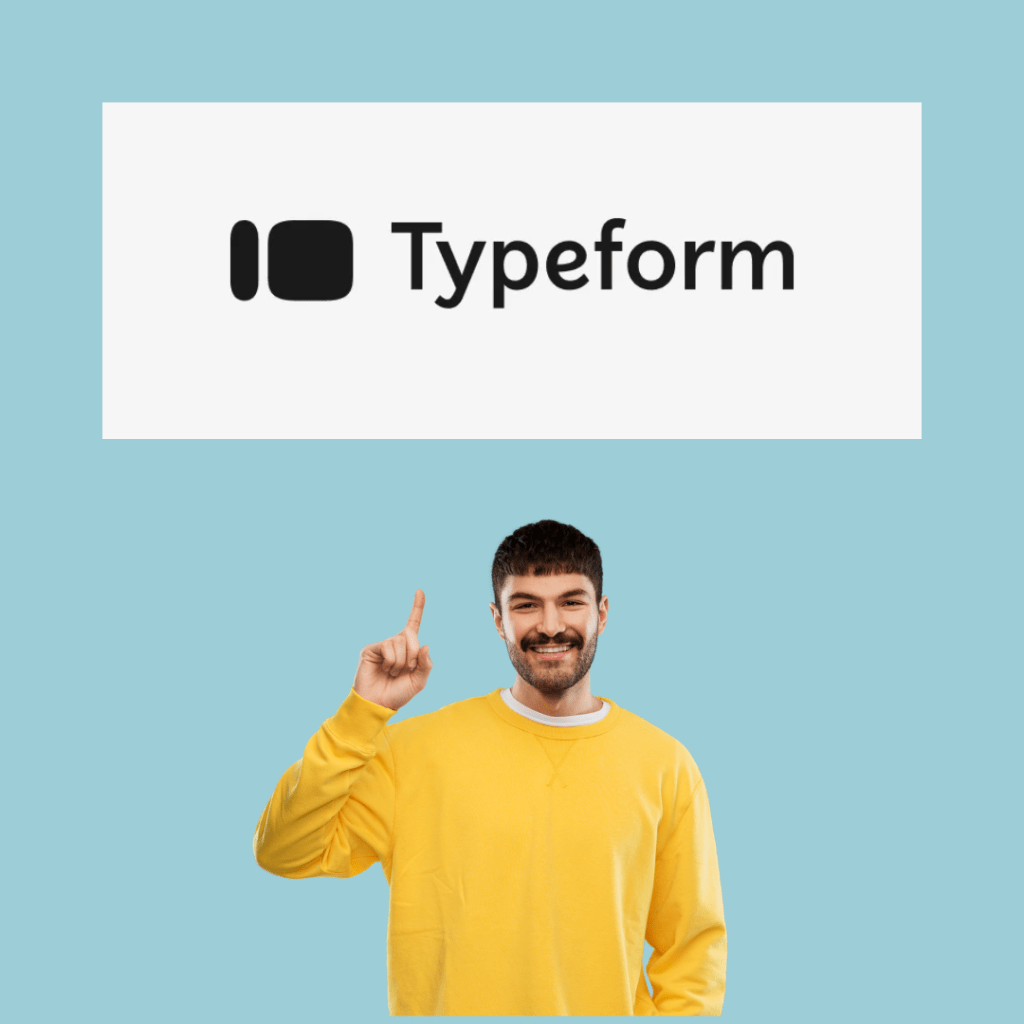In the digital age, customer engagement is more than just a buzzword—it’s a critical component of your sales strategy. Engaged customers are more likely to buy, remain loyal, and spread the word about your brand. However, traditional methods of engagement, such as standard surveys and generic email campaigns, often fail to capture attention. This is where Typeform comes into play. With its interactive, visually appealing surveys, Typeform helps you engage customers more effectively, gather meaningful insights, and ultimately drive more sales. In this blog post, we’ll explore practical strategies, expert tips, and real-world examples on how to use Typeform surveys to boost customer engagement and sales. We’ll also cover FAQs, pros and cons, and some rarely known tactics to ensure you get the most out of this powerful tool.
Why Customer Engagement Matters for Sales
Customer engagement isn’t just about keeping customers happy—it’s about building a relationship that leads to more sales. Engaged customers are more likely to make repeat purchases, recommend your products to others, and become brand advocates. By using Typeform surveys to foster this engagement, you can create a more personalized experience that resonates with your audience, leading to higher conversion rates and increased sales.
How Typeform Surveys Boost Customer Engagement
- Creating Interactive Experiences
- Action-Oriented Insight: Typeform’s unique one-question-at-a-time format feels more like a conversation than a traditional survey. This interaction style encourages customers to stay engaged, leading to higher completion rates and better-quality data.
- Real-World Example: A travel agency used Typeform to create a quiz that matched customers with their ideal vacation destination. The interactive format led to a 50% increase in email sign-ups and a 20% boost in bookings.
- Personalizing Customer Interactions
- Action-Oriented Insight: Use Typeform surveys to gather data that can be used to personalize your communications. For example, ask customers about their preferences and interests, then use this information to tailor your marketing messages.
- Expert Advice: Personalization goes beyond just using a customer’s name. Tailor the content, offers, and even the tone of your communication to match the customer’s preferences.
- Gathering Actionable Feedback
- Action-Oriented Insight: Regularly use Typeform surveys to ask for feedback on your products, services, and overall customer experience. This not only shows customers that you value their opinions but also provides you with insights that can be used to improve your offerings.
- Real-World Example: A SaaS company used Typeform to collect feedback on a new feature. The insights gained helped them refine the feature, leading to a 30% increase in user adoption and a 15% boost in subscription renewals.
- Engaging Customers Post-Purchase
- Action-Oriented Insight: After a customer makes a purchase, send a Typeform survey to ask about their experience. This not only reinforces engagement but also provides you with valuable insights into how you can improve future customer interactions.
- Rarely Known Tactic: Use conditional logic to tailor post-purchase surveys based on what the customer bought. For example, ask specific questions related to the product category, usage, and satisfaction.
How Typeform Surveys Drive Sales
- Identifying Sales Opportunities
- Action-Oriented Insight: Use Typeform to identify potential upsell and cross-sell opportunities. Ask customers about their needs, preferences, and future plans, then use this data to offer products or services that align with their interests.
- Real-World Example: An online retailer used Typeform surveys to ask customers what additional products they might need based on their recent purchase. The insights gained led to a 25% increase in average order value through targeted cross-selling.
- Qualifying Leads
- Action-Oriented Insight: Integrate Typeform into your lead generation process to qualify leads based on their responses. For example, use surveys to ask about budget, timeline, and specific needs. This helps you focus your sales efforts on leads that are more likely to convert.
- Expert Advice: Use conditional logic to guide leads through different paths based on their responses, ensuring that you gather all the information needed to qualify them effectively.
- Improving Customer Retention
- Action-Oriented Insight: Regularly survey your customers to understand their satisfaction levels and identify any issues before they lead to churn. By addressing concerns proactively, you can improve retention rates and increase lifetime customer value.
- Real-World Example: A subscription-based business used Typeform surveys to measure customer satisfaction and gather feedback on their service. By addressing the feedback, they reduced churn by 20% and increased renewals.
- Enhancing the Sales Process
- Action-Oriented Insight: Use Typeform to gather feedback on your sales process. Ask prospects about their experience, what they liked, and what could be improved. This information can help you refine your approach and close more deals.
- Rarely Known Tactic: Combine Typeform with a CRM to automatically trigger follow-up actions based on survey responses, such as sending additional information or scheduling a sales call.
FAQs about Using Typeform for Customer Engagement and Sales
Q1: How do Typeform surveys increase customer engagement?
- A1: Typeform’s interactive, conversational format makes surveys more engaging, leading to higher response rates and better data quality. This increased engagement helps build stronger customer relationships.
Q2: Can Typeform help with lead generation?
- A2: Yes, Typeform is an excellent tool for lead generation. You can use it to create quizzes, assessments, and surveys that capture leads’ information while also qualifying them based on their responses.
Q3: How do I ensure that my Typeform surveys are effective?
- A3: Keep your surveys focused, relevant, and concise. Use conditional logic to make the survey experience more personalized, and avoid overwhelming respondents with too many questions.
Q4: Can I integrate Typeform with my existing tools?
- A4: Absolutely. Typeform integrates with many popular tools like Mailchimp, HubSpot, and Google Sheets, allowing you to automate data collection, follow-ups, and more.
Pros and Cons of Using Typeform for Customer Engagement and Sales
Pros:
- High Engagement: Typeform’s design encourages higher participation rates and more thoughtful responses.
- Customization: You can fully customize your surveys to match your brand and specific objectives.
- Integration: Typeform easily integrates with other tools, enhancing your overall sales and marketing efforts.
- Actionable Data: The data collected through Typeform surveys can be directly applied to your engagement and sales strategies.
Cons:
- Cost: While Typeform offers a free version, advanced features require a paid subscription.
- Learning Curve: There is a slight learning curve to mastering all of Typeform’s features, especially for more complex surveys.
Rarely Known Tactics to Maximize Engagement and Sales with Typeform
- Use Typeform as a Lead Magnet
- Tactic: Create a Typeform quiz or assessment as a lead magnet. Offer something valuable, like a discount or a personalized report, in exchange for completing the survey. This not only increases engagement but also generates qualified leads.
- Example: A fitness brand created a “Find Your Perfect Workout” quiz using Typeform. The quiz attracted thousands of leads, many of whom converted into paying customers.
- Embed Surveys in High-Traffic Areas
- Tactic: Place Typeform surveys on key pages of your website, such as the homepage, product pages, or checkout process. This captures customers’ attention when they are most engaged and likely to respond.
- Example: An e-commerce site embedded a short survey on their product pages to ask customers about their shopping experience. The insights gained helped optimize the pages, leading to a 15% increase in conversion rates.
- Incorporate Visual Elements
- Tactic: Use images, GIFs, and videos within your Typeform surveys to make them more visually appealing and engaging. This can be particularly effective for product feedback or customer satisfaction surveys.
- Example: A cosmetics company used images in their Typeform surveys to gather feedback on new packaging designs. The visual elements helped clarify the questions and led to more detailed responses.
- Leverage Conditional Logic for Personalization
- Tactic: Use Typeform’s conditional logic to create personalized survey experiences. This makes the survey more relevant to each respondent, increasing engagement and the quality of the data collected.
- Example: A financial services firm used conditional logic to tailor questions based on the respondent’s previous answers. This led to more targeted insights and a 25% higher survey completion rate.
Conclusion: Unlock the Power of Customer Engagement with Typeform
Typeform surveys are more than just a tool for gathering data—they’re a powerful way to engage customers, gather actionable insights, and drive sales. By leveraging Typeform’s interactive design, personalized approach, and robust data collection capabilities, you can create meaningful customer interactions that lead to increased loyalty, higher conversion rates, and ultimately, more revenue.
Start using Typeform today to boost your customer engagement and watch your sales soar.



